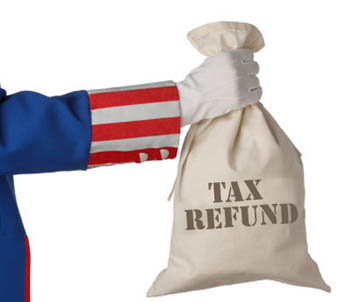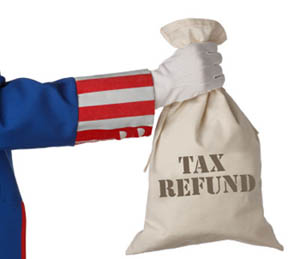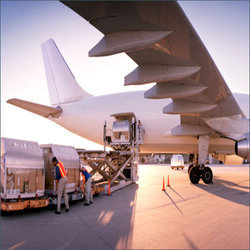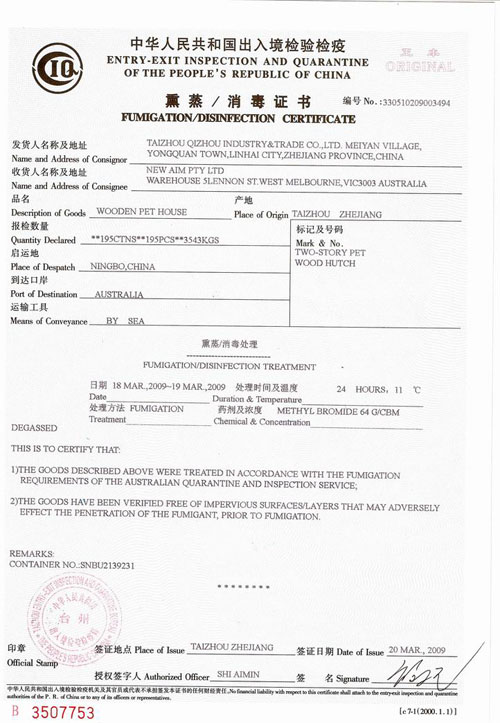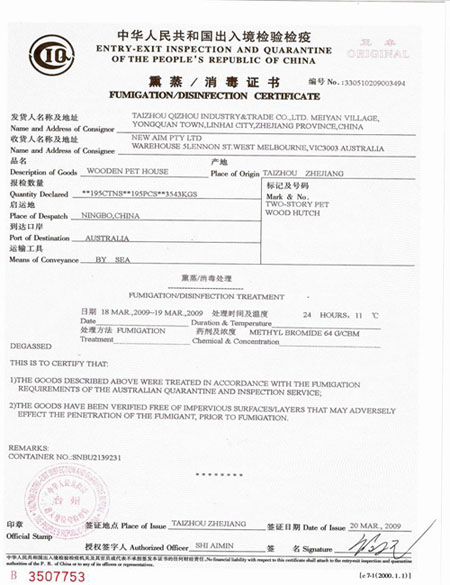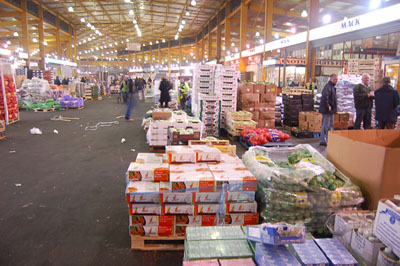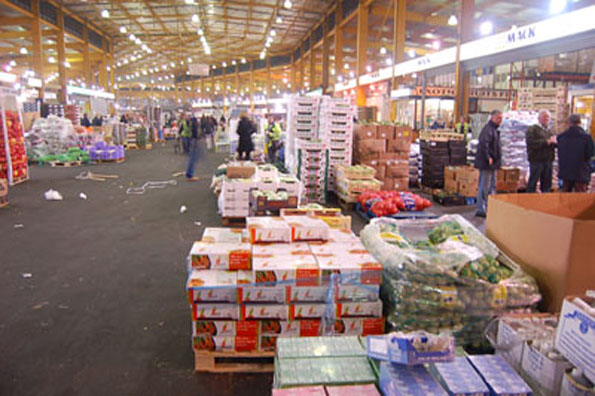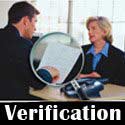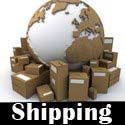
 Experts Interviewed believed that the scale of government procurement in China this year will exceed 1 trillion Yuan. With the scale of government procurement increasing annually, China should pay more attention to the role played by government procurement in supporting energy conservation, and promoting the development of small and medium-sized enterprises as a policy stimulus, so as to strengthen macro-control on the economic and social development. Meanwhile, the government also needs to strengthen efforts in the chain of custody.
Experts Interviewed believed that the scale of government procurement in China this year will exceed 1 trillion Yuan. With the scale of government procurement increasing annually, China should pay more attention to the role played by government procurement in supporting energy conservation, and promoting the development of small and medium-sized enterprises as a policy stimulus, so as to strengthen macro-control on the economic and social development. Meanwhile, the government also needs to strengthen efforts in the chain of custody.
The Scale of Government Procurement May Exceed 1 Trillion
To vigorously promote and expand the categories of government procurement will be an important focal point for some time in the future. The 2012 Key Work Point for Government Procurement, issued by the Ministry of made ??it clear that this year government will focus on expanding the scope and scale of government procurement.
During the last “Eleventh Five-Year “period, the scale of China’s government procurement turned out to be a trend of development and it continues to expand. the Ministry of Finance’s statistics show that the scale of government procurement has increased by 292.8 billion yuan in 2005 to 842.2 billion yuan in 2010, an average annual growth of 23.5% ; during the ” Eleventh Five-Year ” period the cumulative savings amounts to more than 4000 billion yuan of financial funds.
On the first working meeting in May last year, the party members of the Ministry of Finance, Assistant Minister Wang Baoan said that government procurement scope has moved from the traditional class procurement of goods to the procurement of engineering, service categories. Procurement of goods has moved from the general class of goods to a dedicated class extension of the rapid expansion into new service areas of public services, outsourcing, procurement of the service class from the traditional professional services, engineering procurement gradually incorporated into the management scope of government procurement. By adapting to structural adjustment of financial expenditure, procurement activities gradually cover some of expenditure items of more charitable nature and concerning people’s livelihood. The procurement of farm machinery, primary and secondary teaching materials, medical devices and pharmaceuticals, and purchases concerning housing projects, culture development at countryside and other people’s livelihood project have already became the highlights of the procurement scale.
However, Wang Baoan pointed out that, compared with the GPA participants, China’s government procurement still shows disadvantages of small scale and narrow scope. At present the limitation mainly lies in the Procurement of goods and small amount of service procurement. A great deal of purchasing funds is still separated from the regulatory of government procurement, the scale of procurement’s accounts for a fairly low share in GDP.
Su Ming, deputy director of Finance Division, told the reporters that “The scale of government procurement in China last year amounts to about 900 billion Yuan, with a growth rate of about 10% this year, the government procurement will be more than 1 trillion Yuan.” And according to Zhu Lijia, professor of the National School of Administration, the government procurement in the broad sense of the scale may be larger. As the caliber and standard of government procurement statistics are inconsistent with each other, which has not yet get a unified data, but it is estimated that China’s government procurement accounted for 10% of public spending.








